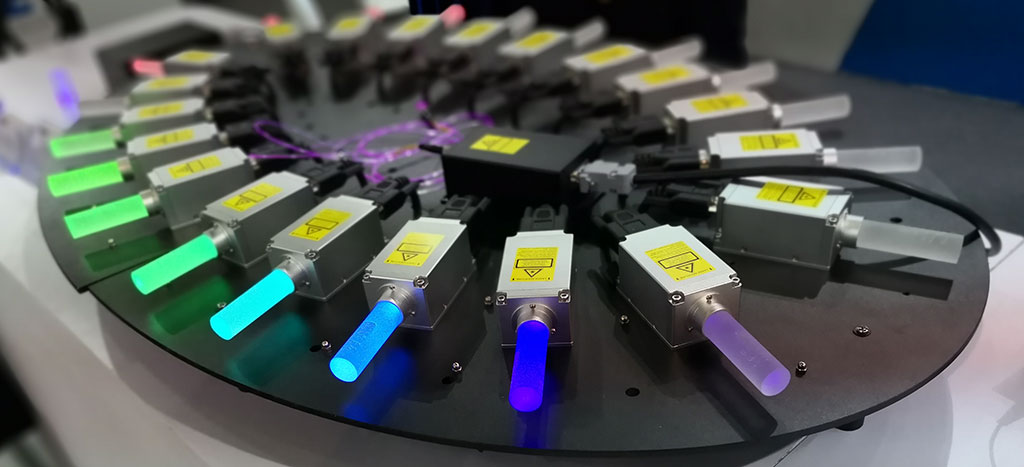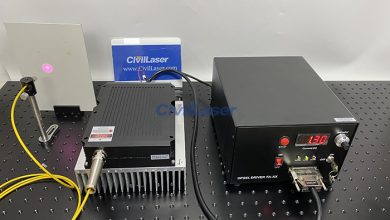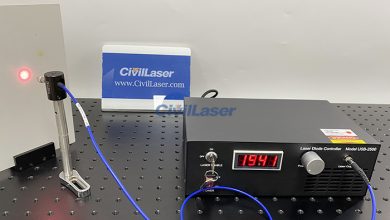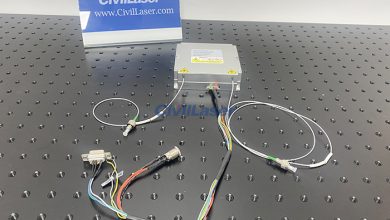Laser NewsLaser TechnologyLaser TopicPulsed laser
2019 Current Status and Application Prospects of Super Ultrashort Lasers

2019 Current Status and Application Prospects of Super Ultrashort Lasers
Ultra-short and ultra-strong lasers can be divided into nanoseconds, picoseconds, and femtosecond lasers according to the length of the pulse.
Nanosecond lasers, such as the NIF laser in the United States, the LMJ in France and the Shenguang IV in China, are the most expensive, and the energy is in the order of megajoules.
Mainly used in radiation fluid mechanics, laser fusion center ignition related physics and laboratory astrophysics, such lasers are expensive to manufacture.
It can only be built in some national laboratories.
Picosecond lasers, for example, have been built in Japan with LFEX, as well as lasers with parameters close to the power of the tile, China’s Shenguang II upgrade, British Vulcan, and US OMEGA-EP.
The cost is relatively expensive.
Its energy is in the order of kilojoules, and its power reaches the level of wattage. It is mainly used for fast ignition, physics in large-scale near-critical density plasma (such as shock acceleration and TNSA).
Femtosecond lasers, such as the 200TW laser from Peking University and Shanghai Jiaotong University, Trident at Los Alamos National Laboratory, and Gemini in the UK, are the most common in major research institutes.
Its power is on the order of 100 watts and the energy is on the order of ~10J.
By focusing the off-axis parabolic objective, such lasers can produce lasers of very high light intensity (eg over 1020 W/cm2).
Can be used for various types of strong field physics research on the femtosecond scale, such as radiation pressure acceleration, wake field acceleration, QED radiation, high harmonic generation, etc. [7].
In short, relevant scientific research units around the world have built or plan to build various types of lasers, many of which can output watt-level power;
After proper focus, you can get super high light intensity. With these ultra-short pulse lasers, we can conduct experimental research on some areas that could not be touched.
For example, ultrashort ultra-high brightness coherent radiation sources (such as X-ray and gamma rays) are used for subatomic scale diagnosis;
An electron accelerator of 100 GeV or more; an ion accelerator of the GeV level; simulating a state of matter in an extreme environment of the early universe;
Producing high-order harmonics of the attosecond and even sub-secondary scale; quantum electrodynamic (QED) effects under extreme strong fields;
The use of gamma radiation to stimulate and diagnose the atomic nucleus, a new field of nuclear optics.
Original article: Gonggu (Jining Confucius International School)


